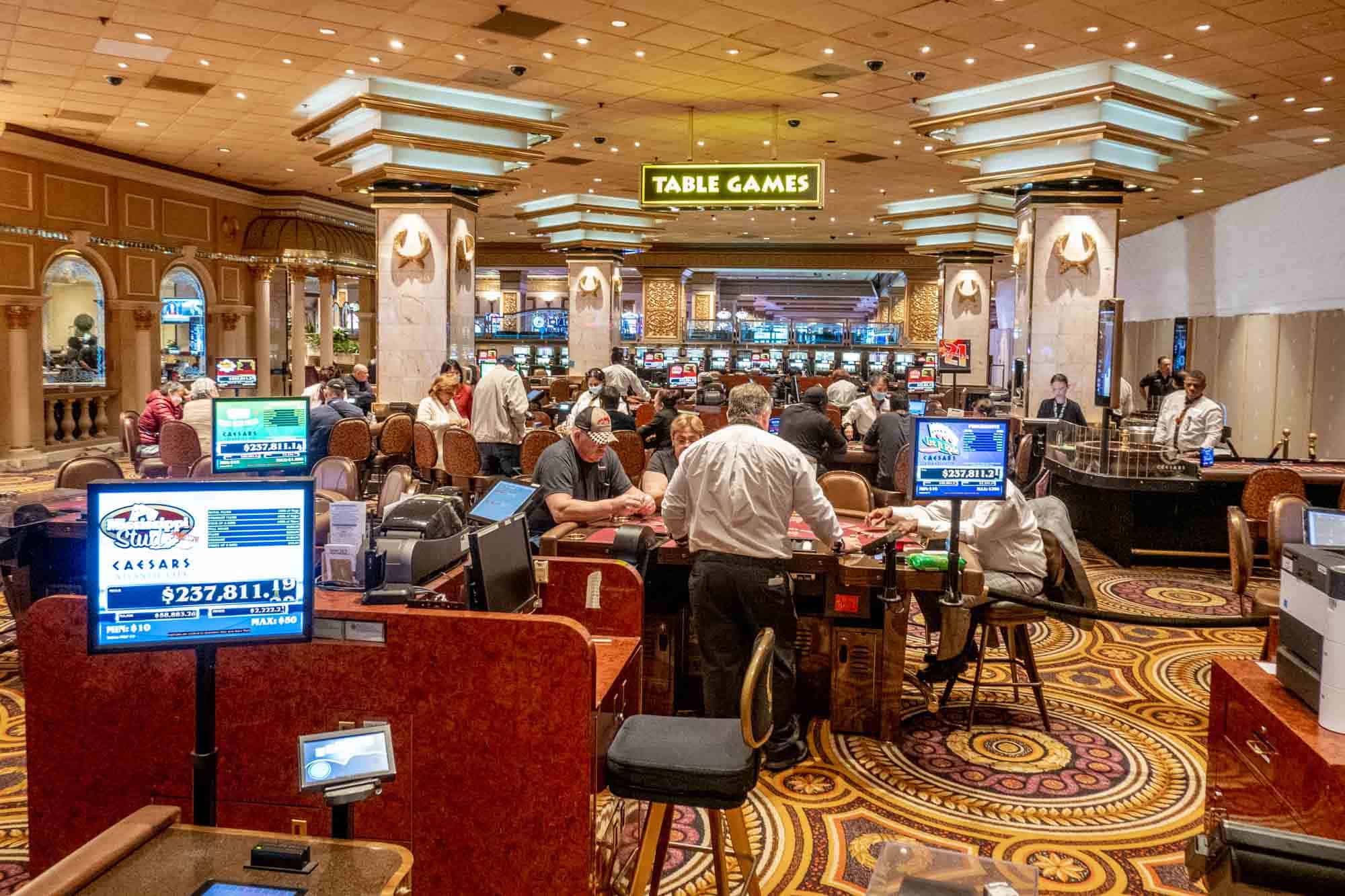
Casino games have long been a fascinating source of amusement, drawing millions of players from varied cultures around the globe. From the glitzy casinos of Vegas to the bustling gambling halls of the Cotai Strip, these games serve as a bridge that brings together people across different backgrounds. The allure of chance, strategy, and uncertainty entices not only those hoping to win money but also those looking for a shared experience.
The influence of casino games extends far beyond the gaming floor. They often embody the social norms and principles of the societies in which they thrive. Games such as Texas hold ’em, pontoon, and the spinning wheel have integrated into the fabric of mainstream culture, influencing everything from cinema to style. As we explore this captivating intersection of chance and culture, we can better understand how these games shape and are affected by the surrounding world.
Historical Evolution of Gaming Games
The origins of casino games can be followed back to historical cultures, where gambling in various forms was extensively performed. In China, around 2300 BC, a type of luck game known as Keno was common, while in historic the Roman Empire, soldiers would regularly bet on the consequences of their contests. The concept of using randomness for entertainment and profit evolved over the years, leading to the creation of more organized activities. By the late Middle Ages, gambling houses began to surface in the continent, especially in the Italian peninsula, which presented early forms of well-liked activities still played today.
As gambling expanded fame in the continent, the 17th and 18th centuries saw the emergence of gambling establishments as dedicated venues for betting. The initial official gambling house, the Ridotto, was founded in the city of Venice in sixteen thirty-eight, featuring games like Baccarat and Faro games. This time marked a significant pivoting point, as gaming venues commenced to welcome not just the elite but also the expanding middle-tier society. The refinement of games grew, leading to the development of new guidelines and modifications that enhanced the experience of players.
In the 19th century, the industrial revolution and changes in societal norms additionally changed the environment of casino games. daga88 The arrival of the game of roulette and contemporary one-armed bandits drew a broader crowd, and gaming houses became seen as legitimate forms of recreation. This period witnessed the globalization of casino activities, as casinos extended from European nations to the Western Hemisphere, culminating in the creation of the iconic Strip of Las Vegas in the twentieth century. The evolution of gaming games has continued into the present day, incorporating modern technology and digital services, rendering them available to a worldwide market.
# Cultural Significance within Various Societies
Casino activities have significant cultural value within a multitude of cultures throughout the world. Places like Las Vegas, the very essence of the urban landscape is woven around gaming venues, where gambling is not just a hobby but a key aspect of leisure and community life. The dazzling lights and vibrant atmosphere attract countless individuals, showcasing how casino games can shape local economies and local cultures. This setting transforms the notion of relaxation into an immersive event that affects fashion, music, and even cinema.
On the other hand, some cultures view wagering with an air of caution, seeing it through the lens of ethical beliefs and customs. For instance, in various Asian societies, games like Mahjong and Pai Gow are rich with history and carry significant social implications. These games are often played during meetings and festivities, fostering collective connections and strengthening family ties. The act of participating in these games goes past mere entertainment, reflecting values such as deference to seniors and the significance of communal fun.
Simultaneously, in continental countries such as Monaco and Italy, casino games serve as symbols of opulence and sophistication. The elegant atmosphere of these venues attracts both tourists and residents, reinforcing a sense of status and exclusivity. The art of Texas Hold’em and the strategic elements of games like banker’s game are celebrated, influencing social dynamics and establishing an attraction that fascinates a varied audience. This emphasizes how games of chance can both mirror and shape societal views towards risk, gain, and community interaction.
Financial Influence and Travel Industry
Casino games play a significant role in the economic landscape of many areas, particularly those that rely heavily on visitor traffic. The revenue generated from gambling establishments fuels local financial systems, creating employment opportunities not only within the casinos themselves but also in related sectors such as hospitality, restaurant services, and recreation. This surge of tourists, drawn by the attraction of games and the overall gaming environment, stimulates expenditure across multiple local enterprises, contributing to the economic health of the region.
The existence of casinos often leads to the development of facilities, including hotels, transportation systems, and recreational facilities. These improvements are essential in enhancing the overall visitor satisfaction, making destinations more attractive to visitors. Additionally, many casinos contribute in local communities through support of events and philanthropic activities, further integrating themselves into the social fabric of the locality. Such investment not only supports economic growth but also fosters a positive reputation of the casino industry.
Moreover, the worldwide appeal of casino games drives tourism competition, with locations vying to attract players from around the world. Iconic destinations like Las Vegas and Macau have become identifiable with gambling culture, drawing millions each year. This advantage encourages creativity and diversification within the gambling sector, influencing trends in entertainment and hospitality that resonate beyond their limits. The consequences of this visitor influx extend wide, impacting local economies and cultural interactions on a worldwide scale.
